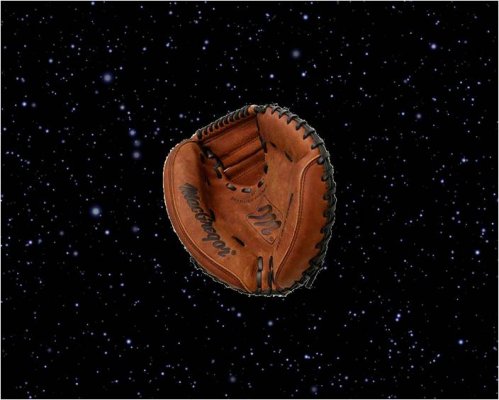Midpack
Give me a museum and I'll fill it. (Picasso) Give me a forum ...
Plan to Capture an Asteroid? | Mother Jones
This thread is just for the fun of it!
Maybe we can scratch off an asteroid strike as an investment risk? Or even add it as a positive investment opportunity?Tucked inside...federal budget for next fiscal year is about $100 million...towards humans establishing a permanent settlement in space. In a nutshell, the plan in NASA's hands calls for catching an asteroid with a robotic spacecraft and towing it back toward Earth, where it would then be placed in a stable orbit around the moon.
This thread is just for the fun of it!




